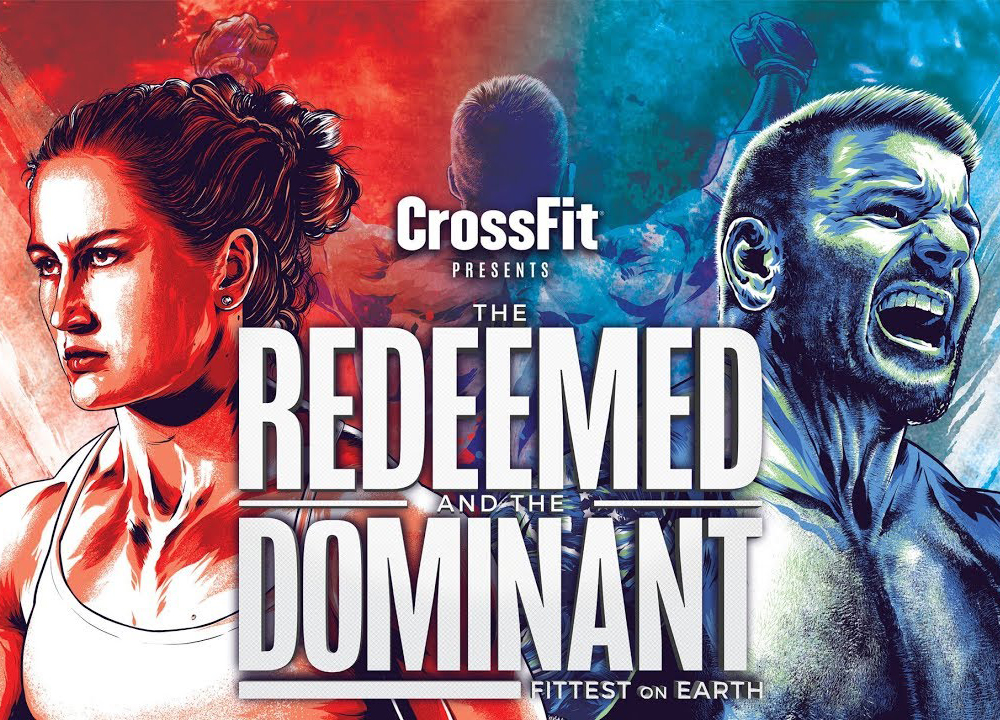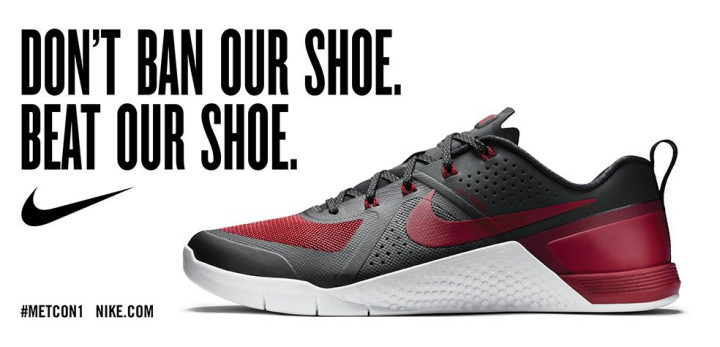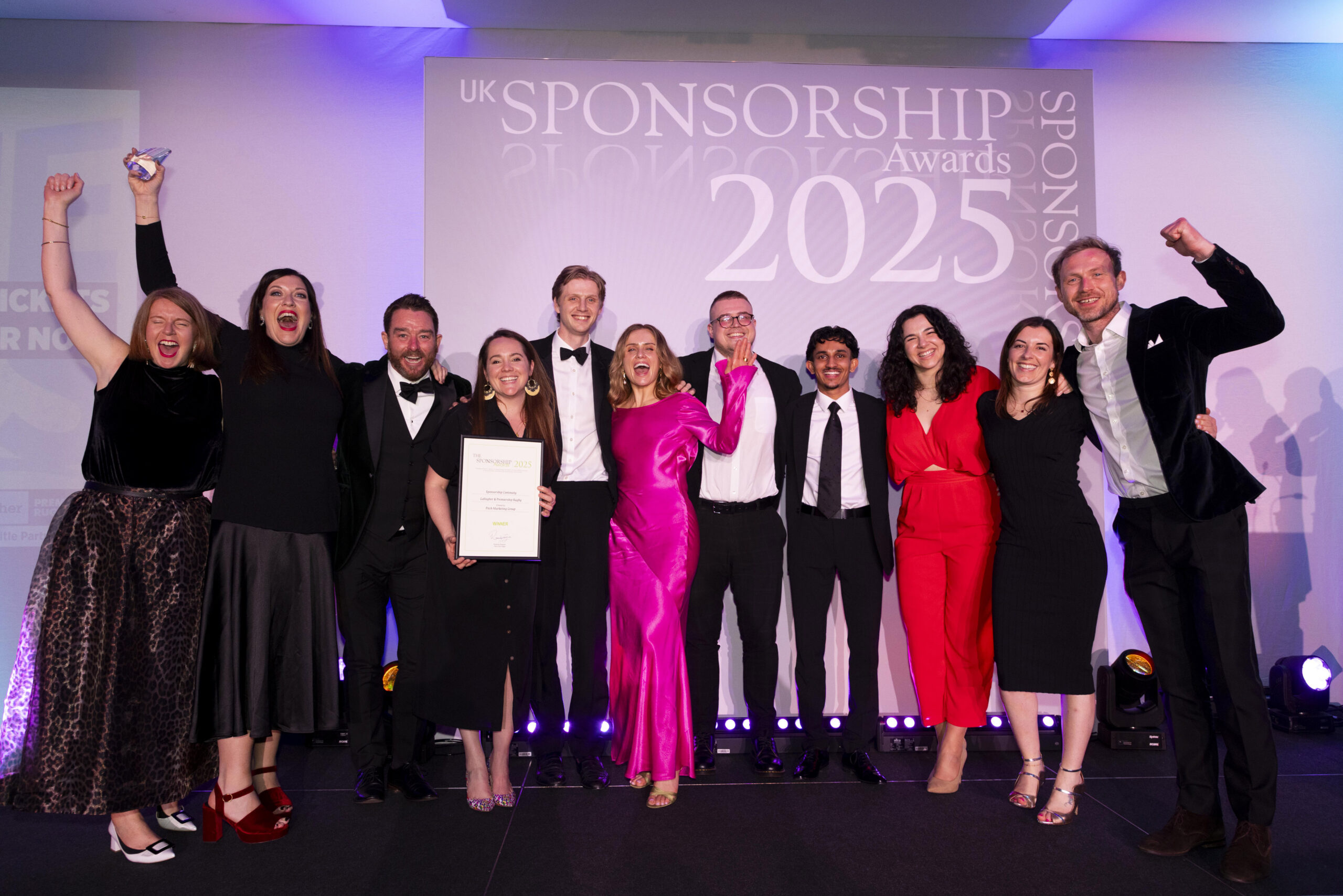
On Thursday, 150 men and women, 40 teams, 80 teenagers and 240 masters will grace the prestigious CrossFit Games stage in Madison to compete for the ultimate title of the Fittest on Earth.
To many, CrossFit is an alien sport which has earned a cult-like label through its mere stereotype of topless gym freaks chucking around weights, walking on their hands and high-fiving excessively (something I admittedly believed before making the oath myself); yet its presence is undeniably growing year on year, in the fitness world and beyond. Since its inaugural birth in 2007 on a ranch in Aromas, California where the first official Games was held to decipher the Fittest Man and Woman, it’s come a long way.
You need only look to the ever-expanding list of worldwide affiliates (an official gym recognised by CrossFit, Inc.) now standing at over 13,000 in comparison to a mere 13 in 2005 to understand the boom of what I will, albeit reluctantly, call a fitness trend. This, topped off with over 357,000 people from all over the world registering for the Open, a five-workout process anyone associated with an affiliate can enter to qualify for the Games, has helped provide a foundation for CrossFit to grow into much more.
Documentaries available on Netflix such as The Redeemed and the Dominant have encouraged the introduction of the branded fitness regime to a more mainstream audience by providing intriguing insights into the admittedly crazy routines and capabilities of athletes the sport produces. Just as a recent magazine cover of reigning Games champion Mat Fraser in last month’s issue of Men’s Health also represents a break and, ultimately, the acceptance of the CrossFit athlete into the mainstream fitness industry and media landscape.

So how is CrossFit expanding its presence in the all-important brand world?
Until recently you wouldn’t dare to think of CrossFit without it’s long-term training partner: Reebok, The Games’ official sponsor since 2010 and creator of the OG CrossFit shoe – the Reebok Nano. Until lately, Reebok owned CrossFit, sponsoring the top athletes as well as kitting out all the competitors at the Games.
Yet as of late Reebok’s CrossFit kingdom has come under threat: with its Games sponsorship deal coming to an end next year, brands such as Nike are relishing the opportunity to grab a slice of another sporting pie. Although Nike have had their own CrossFit-specific shoe for a while – the Metcon – they’ve notably expanded their investment in utilising sponsored athletes: Mat Fraser designed his own version of the recently released 5th iteration of the shoe, as well as Icelandic Games podium star Sara Sigmundsdottir featuring in product marketing campaigns.
Moreover, athletes will be able to wear any branded trainers this year for the first time after Reebok reversed the Games’ shoe policy, stating athletes were only to wear Reebok branded apparel and footwear. Nike being Nike responded tactfully by creating a “Banned” edition of their new Metcon, coyly stamping its presence at this year’s competition with the coordinates of its location in Madison imprinted on its laces.

Another massive blow to Reebok’s courtship is the snatching of former Reebok CrossFit ambassadors in current Fittest Woman on Earth Tia-Claire Toomey and two-time champion Katrin Davidsdottir who both made statement switches to NO BULL, a fitness apparel and footwear brand ironically founded by two former-Reebok executives, earlier this year. Both a huge loss, Davidsdottir perhaps even more detrimental from a marketing perspective due to her army of 1.5million Instagram followers making her the second-most followed CrossFit athlete, closely behind Fraser.
Yet the fight to lure the world’s fittest stars into brands’ arms is steadily moving away from the confinements of just sportswear. The likes of nutrition company Ascent Protein, headphones brands such as ESC Sounds and mobility and stretching apps in ROMWOD and GoWOD Mobility have all snapped up the opportunity to get involved with CrossFit, ultimately highlighting its expansion beyond simply a vigorous fitness regime.
Although reflective and detrimental to this growth, we must look to the bigger brands to evaluate CrossFit’s future and whether it is destined to take over the world (as any cult would hope and dream.)
It was only a matter of time before big-dog Nike and other smaller brands latched on to help dethrone Reebok. Indeed, the Adidas subsidiary has the OG legacy, but with Nike’s involvement in CrossFit inevitably set to expand and conquer, can they realistically hold their own and compete with the biggest sports brand on earth?
Only time will tell as the sport continues to grow itself, but with athletes only getting stronger and more brands jumping onto the CrossFit bandwagon the fight for the Biggest Brand on Earth is definitely not over.
So, for now and over the next four days we should simply sit back and appreciate some incredibly fit athletes throw around some heavy objects, lather themselves in chalk and walk up and down the Madison arena field on their hands.





